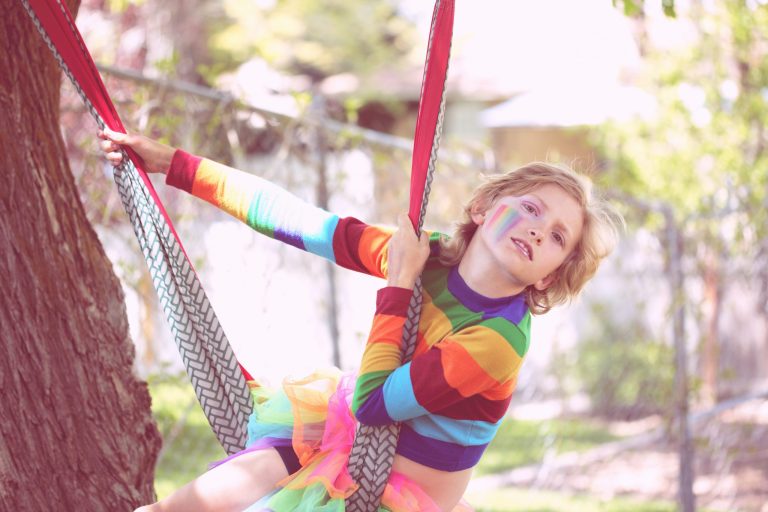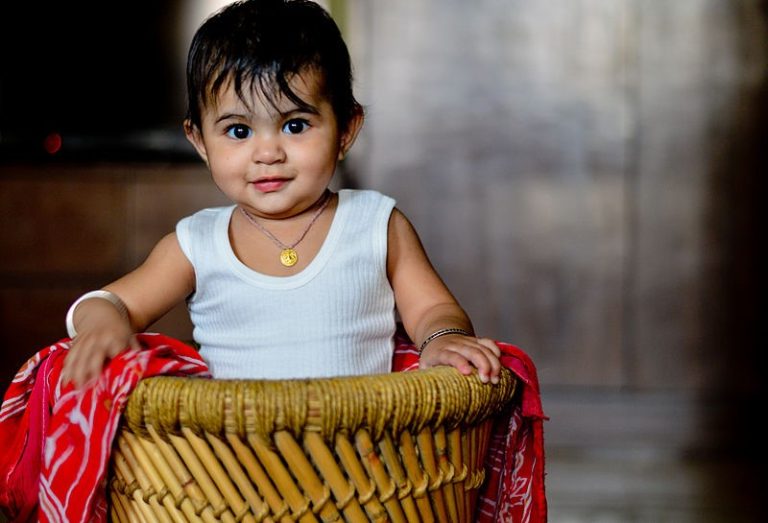How Childhood Experiences Shape Our Perception of Others
From our earliest years, our interactions and relationships lay the groundwork for how we perceive others. Our childhood experiences, especially early attachments and family dynamics, significantly shape our understanding of people and social situations, often influencing our adult interactions and perceptions. Attachment theory posits that early caregiver relationships create internalised expectations about others that we carry forward, affecting trust and intimacy (Bowlby, 1988).
Childhood experiences
Primary caregivers—parents, grandparents, and close family members—are the people children first build emotional bonds with. These early attachments set expectations for future relationships and often shape our comfort levels in connecting with others. For instance, children with secure attachments generally develop trust in others, feeling more at ease in social situations. In contrast, children with insecure or anxious attachments, often resulting from inconsistent caregiving, may approach relationships with suspicion or fear of rejection (Ainsworth, Blehar, Waters, & Wall, 2015). These attachment styles and learned responses to people can create patterns that persist into adulthood, influencing how we evaluate and respond to others.
Shaping Social Perception Within the Family Environment
The family environment strongly shapes how we see and understand other people. Supportive families that communicate well often encourage trust and empathy. In such homes, children learn to view others as safe, kind, and caring. Conversely, families with conflict or distance may teach children to expect rejection or arguments. Consequently, these children may grow cautious in relationships and avoid opening up to others. Furthermore, these patterns can follow them into adulthood, influencing confidence and trust in social settings. Ultimately, family experiences can shape long-term resilience, emotional health, and the way relationships are managed.
Shaping Social Perception Through Peer Experiences
Peers also play an important role in childhood socialisation, especially as children grow older and become more independent from family. Positive peer experiences can build confidence and empathy, encouraging kind social behaviour and lowering negative bias. On the other hand, negative peer experiences, like bullying or rejection, may cause insecurity and distrust. Research shows that children who face rejection in peer groups may become defensive or overly sensitive to social signals, carrying these patterns into adulthood.
The Lasting Impact of Childhood on How We See Others
How children learn to see themselves strongly shapes how they later see others in daily life. Supported and valued children often grow with positive self-worth, which helps them treat others with kindness. In contrast, criticised or neglected children may absorb negativity, believing others will also treat them badly. Consequently, these early self-views shape attitudes toward trust, relationships, and emotional connections with different people. Furthermore, children with healthy self-worth usually show more empathy, compassion, and openness toward those around them. Similarly, children raised with criticism may face others with caution, defensiveness, or judgement in their interactions. Ultimately, early experiences leave lasting effects on whether relationships are met with positivity or hesitation later in life.
How Childhood Experiences Influence Trust & Relationships
These formative experiences significantly shape how individuals interpret other people’s intentions, influencing trust, openness, and social interactions throughout life. Additionally, children nurtured in supportive environments often perceive others as trustworthy, which fosters optimism, approachability, and stronger interpersonal relationships. By contrast, children raised with constant scrutiny or suspicion may develop cautious attitudes, shaping their future relationships with guarded behaviours. Consequently, these strong early perceptions often affect adult relationships, quietly shaping emotional reactions and daily views of other people’s behaviour. Ultimately, noticing these early influences gives chances for self-awareness, helping people change biases and build healthier relationship patterns.
Final Thoughts on Shaping Social Perception
Ultimately, noticing childhood influences helps people change old views and build healthier, kinder relationships with others. Additionally, growing self-awareness allows individuals to spot biases, change reactions, and approach interactions with more empathy and openness. Consequently, thinking about past experiences creates chances for growth, strength, and improving how we connect with people around us. Furthermore, steady effort and reflection help people reshape perceptions, build stronger bonds, and encourage better understanding in relationships.
Shaping Social Perception: Written by Abigail Church
If you think that you can benefit from professional support on this issue you can reach out here.
Abigail Church is a Humanistic Integrative Counsellor who works with adults and children through counselling with Willingness. She can be contacted on abigail@willingness.com.mt or call us on 79291817.
References
- Ainsworth, M. D. S., Blehar, M. C., Waters, E., & Wall, S. (2015). Patterns of attachment: A psychological study of the strange situation. Psychology Press.
- Baldwin, M. W. (2006). Interpersonal cognition. Guilford Press.
- Bowlby, J. (1988). A secure base: Parent-child attachment and healthy human development. Basic Books.
- Cassidy, J., & Shaver, P. R. (Eds.). (2008). Handbook of attachment: Theory, research, and clinical applications (2nd ed.). Guilford Press.
- Scharf, M., & Rousseau, S. (2017). “One Day I will Make a Good Parent”: On the Relationship Between Overparenting and Young Adults’ Early Parenting Representations. Journal for Adult Development. 24:199-209. DOI 10.1007/s10804-016-9258-1
- Davies, D. (2011). Child development: A practitioner’s guide (3rd ed.). Guilford Press.
- Harter, S. (1999). The construction of the self: A developmental perspective. Guilford Press.
- Mikulincer, M., & Shaver, P. R. (2007). Attachment in adulthood: Structure, dynamics, and change. Guilford Press.
- Rubin, K. H., Bukowski, W. M., & Parker, J. G. (2006). Handbook of peer interactions, relationships, and groups. Guilford Press.
- Siegel, D. J. (2012). The developing mind: How relationships and the brain interact to shape who we are (2nd ed.). Guilford Press.







